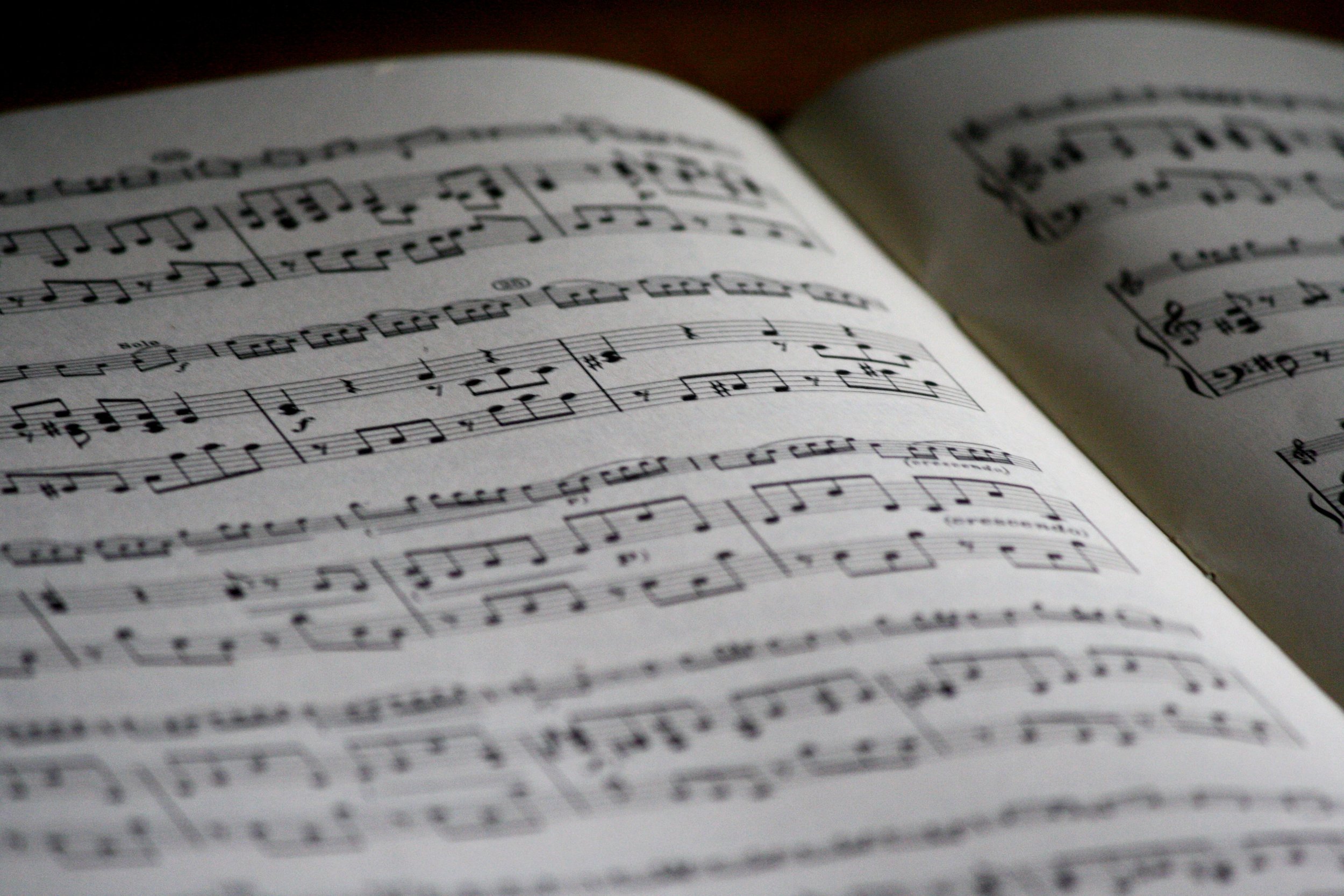A problem:
Feedback is necessary, but terrifying.
Feedback is crucial for building skill and understanding. A school that takes "mastery" seriously has to not just endure feedback, but embrace it (teachers and administrators as well as students!).
Yet receiving feedback is famously difficult. Every piece of feedback threatens our sense that I'm just fine, thanksverymuch. And if we build lots of feedback into a school and it doesn't work out, school could become Hell.
We need to proceed cautiously, but forcefully.
Our basic plan:
- We make a ritual in the school: every assignment and production gets feedback.
- The feedback should be specific. Getting a "B" is unspecific feedback; getting a suggestion for precisely what to consider doing differently next time is specific feedback.
- The feedback should be succinct. Being told five things to do differently next time is too much for most people to focus on; being told just one thing is more helpful.
- The feedback should be a suggestion. Because no one is innerrant, feedback shouldn't pretend to be authoritative; feedback should (usually) be given as advice — "why don't you try this next time?"
- The feedback should prompt a response. Students shouldn't be expected to take feedback passively; they should respond to it, perhaps commiting to trying it out next time, or explaining why they'll go in a different direction.
- The feedback should come from the community. Teachers should be wiser than their students (otherwise, why are we teaching?), but they aren't the only sources of wisdom. Suggestions should come from teachers, from other students, and from the student him or herself.
- The feedback should accumulate. Advice should be collected, and students should be prompted to see if they're incorporating it into their recent projects. (This can serve as an ego-builder: "I may still be struggling, but not with the same old things!")
Our goals:
We hope to...
- Create a culture of mastery.
- Create a culture of embracing criticism. When we hear a kid say, "Sure, I know that this is good — but tell me how I can improve!", we'll know we've succeeded.
- Create a culture of mutual help. When we hear one kid tell another, "I was really impressed by how you've changed in x," we'll know we've succeeded.
- Build resilience. Kids are not these fragile things; they're strong. They don't need to be fazed by criticism. (But the only way to learn that is by dealing with criticism.)
If you walk into our classrooms, you might see:
- Students scribbing down brief feedback after another student completes a speech, or a piece of art, or a meal.
- A student and a teacher conversing — and maybe arguing! — over the quality of a recent assignment. (When we get a frank but respectful exchange of views, we'll know we've succeeded.)
- Students spending a few minutes each week reviewing previous feedback about (e.g.) essay writing so they can incorporate it into their new essay.
Some specific questions:
- Should we aim for a specific ratio of positive to negative feedback? There's a danger in getting too much negative feedback. There's a danger, too, in getting too much positive feedback. Perhaps it would be best to allow the student to say how what ratio they'd like to receive. (That might make students feel more in control, and thus make them more likely to embrace the feedback they receive.)
- How should we store this feedback? Should a regular assignment be that students copy in their feedback (or a segment of it) into a year-long Google document?
- Should students give teachers feedback? Doing so could help teachers (and thus everyone) improve more quickly. It could demonstrate our respect of our students.




